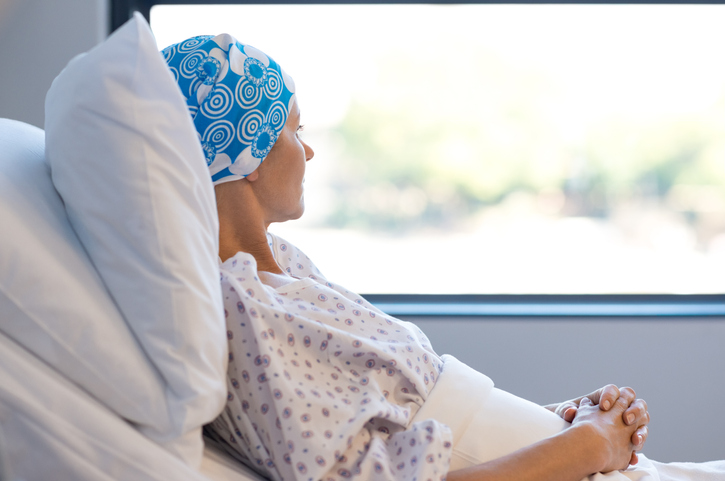Leukemia, Its Symptoms, and How to Treat It
Learn all you need to know about this type of blood cancer
Publicado:

Causes of leukemia
Leukemia is thought to start when the DNA of certain blood cells mutates, but there may be other changes that cause it that are not yet understood. Some anomalies cause the cell to grow, divide rapidly, and stay alive longer than usual. Over time, these abnormal cells can displace the healthy blood cells of the bone marrow, causing signs of leukemia.

Types
Leukemia can be classified into two main groups. The first group is determined by how quickly it grows: acute leukemia, where cells multiply rapidly, or chronic leukemia, where cells replicate and accumulate slowly. The other type of classification is by the type of white blood cell affected: lymphocytic leukemia (lymphoid cells or lymphocytes) or myelogenous leukemia (myeloid cells)
Acute myelogenous leukemia (AML)
AML is the most common type of leukemia. It affects the cells in the bone marrow that usually grow into white blood cells, causing them to accumulate and not leave room for the formation of healthy red and white blood cells and platelets. Since there are not enough healthy cells, this increases the risk of anemia, bleeding, and infection.
Chronic myelogenous leukemia (CML)
This type of leukemia primarily affects adults. CML causes uncontrolled growth of immature and mature cells that make white blood cells, called myeloid cells. The diseased cells accumulate in the bone marrow and blood. People who have CML have few or no symptoms for months or years before entering a phase where cells grow more rapidly.

Acute lymphocytic leukemia (ALL)
This is the most common type of leukemia in young children. ALL occurs when the bone marrow produces a large number of immature lymphoblasts, which grow rapidly and replace normal cells in the bone marrow, preventing blood cells from being produced. Life-threatening symptoms may develop as normal blood counts lower.Chronic lymphocytic leukemia (CLL)
This type is most common in adults. You might even feel fine for years without needing treatment. CLL causes an increase in a certain type of white blood cell, B cells, which affects the lymph nodes and other organs, such as the liver and spleen. Eventually, it can cause the bone marrow to lose its function.Other types
There are other, less common types of leukemia, such as myelodysplastic syndromes, myeloproliferative disorders, and hairy cell leukemia. This last type is caused by the abnormal proliferation of B cells. Under a microscope, these cells look “hairy,” as they have thin projections that extend out from their surface.
Treatments
Health professionals will make a diagnosis in order to determine the best treatment. This may include medications and chemotherapy that are given intravenously or intrathecally (through the spinal canal), radiation therapy, biological therapy (which seeks to stimulate or boost the immune system), or bone marrow transplant.

Sources:
National Library of Medicine; Cleveland Clinic; Mayo Clinic; National Cancer Institute; American Cancer Society.


